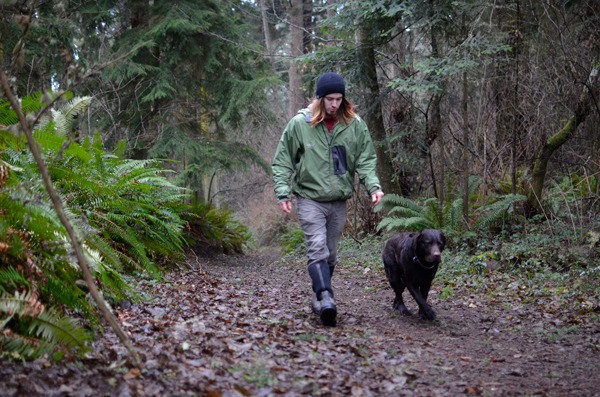The public will have another opportunity this week to weigh in on the future of three state park properties on South Whidbey.
Washington State Parks is holding a public meeting at 6 p.m. Thursday, Jan. 7 at Whidbey Water Services, 5585 Lotto Ave. in Freeland for its Classification and Management Plan, or CAMP, process. It will seal the direction of three properties — South Whidbey State Park, state park tidelands in Useless Bay and Possession Point State Park — for the next 20 or so years.
The plans are set for approval by the Washington State Parks and Recreation Commission in September, but their scope and direction are heavily influenced by the community, according to Randy Kline, parks planner for the commission.
“It’s extremely important,” he said. “… We always learn something new during the process.”
The plans were initiated last year largely due to the decision not to open the campgrounds at South Whidbey State Park for overnight use during the summer season. Parks officials have cited tree rot as posing a legitimate risk to public safety.
The issue was among the hot topics discussed at the first public meeting, held in October, and likely will be again at the meeting on Thursday. The options include permanently closing the campgrounds for overnight use, or thinning affected trees. The problem with the latter is that it’s unclear just how much clearing would be required to make the area safe. The common fear is that too much would ruin the very draw that brings people to the park in the first place.
Kline says parks supporters seem divided on the issue, with “at least half” arguing to preserve the trees and the rest hoping to retain the campgrounds on some level.
That evaluation was echoed by a park visitor who was interviewed Monday by a Record reporter for this story. Langley resident Clark Sarbaugh, on his way back from a three-hour beach trek with his dog Paddington, said he believes the campground is a draw to South Whidbey and is an economic contributor to the area. More visitors means more people spending money at local businesses, he said.
“I think having a campground is important,” Sarbaugh said.
But, if he had to choose between the two he’d leave the forest unmolested. The “understory,” he said, was too important a contributor to the health of old growth.
The CAMP process will also hammer out the future for 560 acres of tideland in the Useless Bay area, which was purchased in 1947. Not contiguous, some is located north of Double Bluff and others south of Deer Lagoon around Sunlight Beach. Public input will help state parks decide on zoning for the land, which could range from classifications of “natural” to “recreational.”
The two are very different in the activities allowed. For example, Kline said a “natural” classification is designed to leave ecologically sensitive areas alone and would ban popular activities in the area such as kite boarding. On the opposite side of the spectrum, “recreational” zoning would encourage a broad range of extracurricular or outdoor activities.
Kline said state parks isn’t proposing one zoning over another but will propose two alternatives for the public during the meeting.
Finally, the meeting will also establish zoning for Possession Point State Park, 25 acres purchased in the early 1990s. It’s currently a destination in state parks’ Cascade Marine Trail, a path through Puget Sound for kayakers and other non-motorized vessels.
According to Kline, those who don’t attend Thursday’s meeting will have another chance in early April. A date has not yet been set. Also, Washington State Parks and Recreation Commission will take comment when it votes on the CAMP plans at a public meeting Sept. 22 in Sequim.



